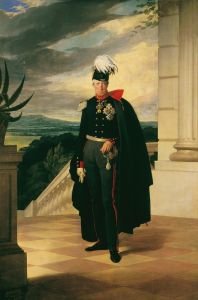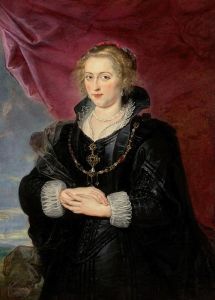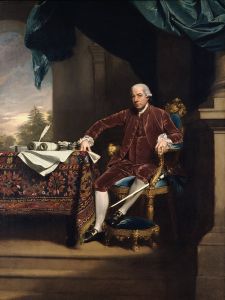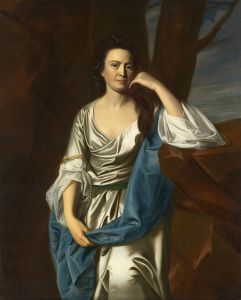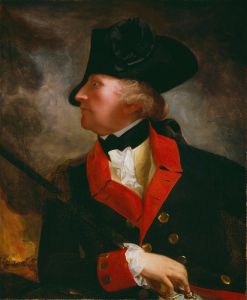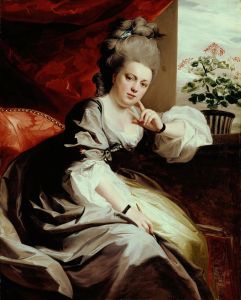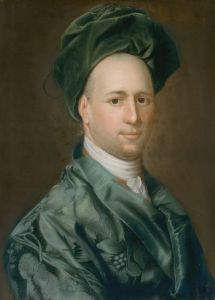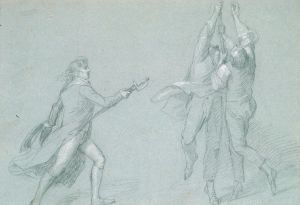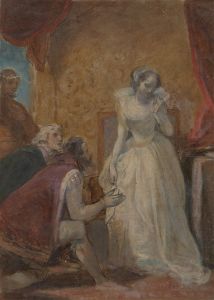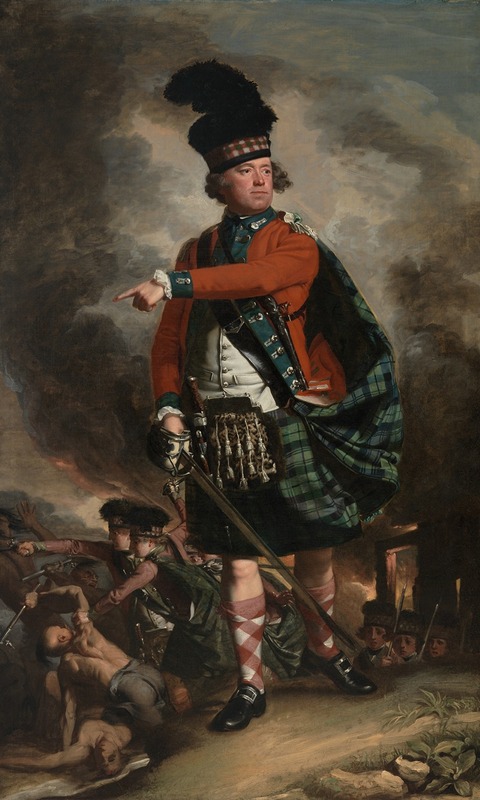
Portrait of Hugh Montgomerie, Later Twelfth Earl of Eglinton
A hand-painted replica of John Singleton Copley’s masterpiece Portrait of Hugh Montgomerie, Later Twelfth Earl of Eglinton, meticulously crafted by professional artists to capture the true essence of the original. Each piece is created with museum-quality canvas and rare mineral pigments, carefully painted by experienced artists with delicate brushstrokes and rich, layered colors to perfectly recreate the texture of the original artwork. Unlike machine-printed reproductions, this hand-painted version brings the painting to life, infused with the artist’s emotions and skill in every stroke. Whether for personal collection or home decoration, it instantly elevates the artistic atmosphere of any space.
John Singleton Copley, an American-born painter renowned for his portrait work, created the "Portrait of Hugh Montgomerie, Later Twelfth Earl of Eglinton" during the late 18th century. Copley, who was born in Boston in 1738, gained prominence in the American colonies for his ability to capture the likeness and character of his subjects with remarkable detail and realism. His work is characterized by its meticulous attention to detail, vibrant colors, and the ability to convey the personality and status of his sitters.
The subject of this particular portrait, Hugh Montgomerie, was a Scottish nobleman who would later become the Twelfth Earl of Eglinton. Born in 1739, Montgomerie was a member of the Scottish aristocracy, a class that often sought to have their likenesses captured by prominent artists of the time to assert their status and legacy. The portrait was likely commissioned to commemorate Montgomerie's status and achievements, a common practice among the nobility during this period.
Copley's portrait of Montgomerie is a testament to his skill in portraying the elegance and refinement of his subjects. The painting depicts Montgomerie in a dignified pose, dressed in the attire befitting his status. Copley's use of light and shadow enhances the three-dimensionality of the figure, bringing a lifelike presence to the canvas. The attention to detail in the rendering of fabrics and textures is indicative of Copley's mastery in capturing the material culture of the 18th century.
The background of the portrait is typically subdued, a technique Copley often employed to ensure the focus remained on the sitter. This approach not only highlights Montgomerie's features but also serves to emphasize his importance and the esteem in which he was held. The portrait is a fine example of Copley's ability to blend the traditions of European portraiture with his own unique style, which he developed during his time in America and later in England.
Copley moved to London in 1774, where he continued to enjoy success as a portraitist and history painter. His relocation to England allowed him to engage with the broader European art scene and further refine his techniques. The "Portrait of Hugh Montgomerie" is one of many works that illustrate Copley's transition from colonial American art to the more sophisticated and cosmopolitan art world of London.
The painting remains an important piece within Copley's oeuvre, showcasing his ability to capture the essence of his subjects while also reflecting the social and cultural milieu of the time. It serves as a historical document, providing insight into the fashion, aesthetics, and social hierarchies of the 18th-century British aristocracy. Today, Copley's portraits, including that of Hugh Montgomerie, are celebrated for their artistic merit and their contribution to the understanding of the period in which they were created.






